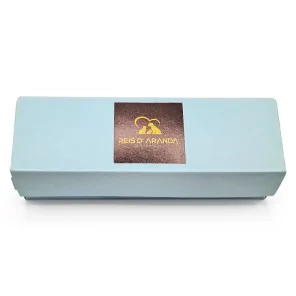The Tornjak originated from genetically homogeneous, almost extinct, indigenous shepherd dogs. These dogs have...
PROLAPSE
INTRODUCTION
In medicine, prolapse (literally from the Latin prolabi: ‘to move out of place’) is the displacement of organs, such as the uterus, so that they descend or move out of their natural position. The term is used, for example, to refer to organs that protrude through the vagina or rectum, but it is also used in the cardiac area and in the spinal column.
TYPES OF PROLAPSE
We can find different types of prolapse depending on the organ that is affected:
- Cystocele: The urinary bladder protrudes into the anterior aspect of the vaginal wall.
- RECTOCLE: The rectum (the final part of the large intestine when it reaches the anus) descends onto the posterior vaginal wall.
- UTERINE PROLAPSE: In this case it is the uterus that descends, first the cervix and then the uterine body.
- ENTEROCELE: The intestinal loops herniate through the posterior vaginal fornix.
- PROLAPSE OF THE VAGINAL CUPULE: Occurs in women who have had their uterus removed (hysterectomy). The vagina, which is a blind sack, is turned inside out, as if it were turned inside out.
- MITRAL VALVE PROLAPSE: A heart problem involving the mitral valve, which separates the upper and lower chambers on the left side of the heart. In this condition, the valve does not close normally.
- DISCAL PROLAPSE: A stage in the progression of disc herniation, in which the intervertebral disc changes its shape or position and a small bulge forms that may begin to encircle the spinal cord.
- THIRD PARPIAL PROLAPSE: Known as ‘cherry eye’.
Depending on the severity of the prolapse, the vet examining the animal will categorise the prolapse into a scale of 4 grades (this can also be done by a breeder with the appropriate knowledge before notifying the vet, so that they know what they are going to find). There is a specific treatment for each of these grades:
- GRADE 1 (MILD): Slight descent inside the vagina.
- GRADE 2 (MODERATE): The descent reaches the entrance of the vagina.
- GRADE 3 (SERIOUS): The prolapse goes beyond the entrance of the vagina, the woman touches herself or feels the lump when walking, especially on exertion.
- GRADE 4 (TOTAL): The organ (bladder, uterus or rectum) is completely out, even at rest.
WHAT ARE THE CAUSES OF PROLAPSE?
We will now look at the causes of prolapse, although the causes depend on the type of prolapse we are talking about:
- Vaginal delivery
- Older animals
- Trauma during childbirth
- Dystocia (difficult births)
- Large puppies
- Multiple births
- Overweight
- Low oestrogen levels
- Chronic constipation or straining to defecate
- Chronic bronchitis
- Predisposition (in cows uterine prolapse is very common)
- Very weak anal muscles
- Rectal trauma (zoophilic abuse)
- Chronic diarrhoea
- Abnormally long colon
- Intestinal worms
- In rabbits that are starting to eat solid food.
HOW TO TREAT A PROLAPSE?
Depending on the case, the veterinarian may choose to introduce the organ manually, carefully, and then apply antibiotic injections or tablets directly into the uterus (this is very common in cows), or perform the procedure in the operating theatre.
Prolapses are very dangerous and a gateway to very serious infections or major injuries (the animal can mutilate the strange thing that is hurting it or other animals can mutilate it, something that often happens in pigs and chickens).
HOW TO PREVENT PROLAPSE?
- Check our animal every day
- Be vigilant at the time of farrowing
- Monitor the mother's condition in the three days following farrowing (especially if farrowing was difficult).
- Control the feeding
- Carry out the appropriate deworming when indicated by the vet.
- Control the weight of our pet
- Know how to recognise the causes and symptoms
- In dogs and cats, take an X-ray the same week of the birth to measure the size of the puppies, and if necessary, schedule a caesarean section.
CONCLUSION
Prolapses are very painful and dangerous, if you suspect that your pet has one or you can see it clearly, go immediately to the vet, in the meantime clean the organ very well with physiological saline solution to avoid contamination.
Leave a comment
Log in to post comments
















